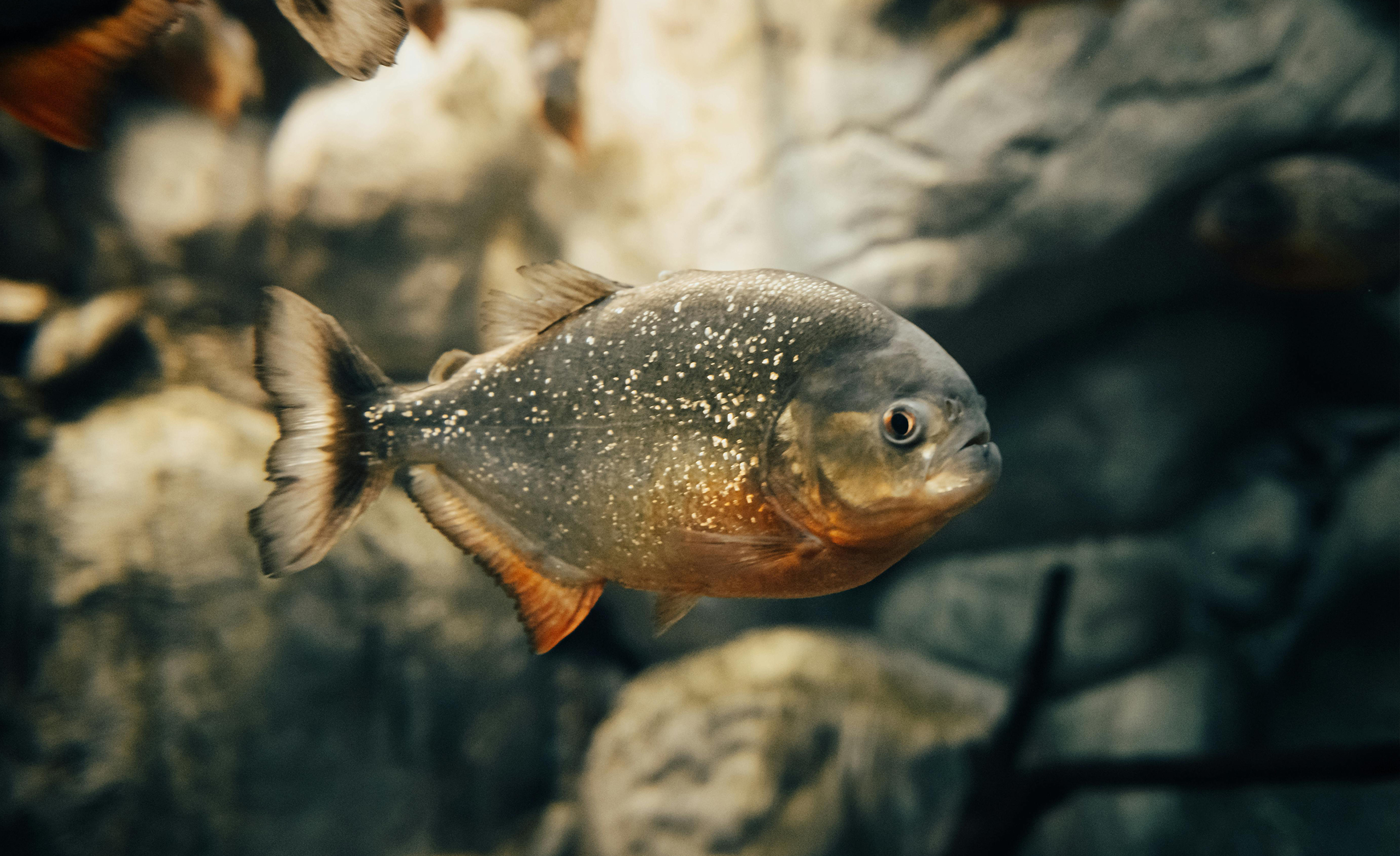
Misunderstood Predators: The Truth About the Red-bellied Piranha
When you hear the term “Red-bellied Piranha,” what comes to mind? For many, it’s a vision of a frenzied, voracious predator, tearing through the water, leaving nothing but chaos in its wake. This fearsome image has been perpetuated by movies, media, and folklore, but how much of it is true? The Red-bellied Piranha is one of the most misunderstood predators in the animal kingdom, and it’s time to separate fact from fiction.
Table of Contents
The Real Red-bellied Piranha
The Red-bellied Piranha, or Pygocentrus nattereri, is a freshwater fish native to South America, particularly the Amazon Basin. Recognized by its distinctive red underbelly and sharp teeth, this species has a reputation for being an aggressive hunter. However, the truth about their behavior is far more nuanced.
Myth vs. Reality
Myth: Piranhas are Always on the Attack
One of the most prevalent myths is that Red-bellied Piranhas are constantly on the hunt, attacking anything that enters their territory. While they do have sharp teeth and strong jaws capable of causing serious injury, they are not the mindless eating machines they’re often portrayed to be. In reality, Red-bellied Piranhas are opportunistic feeders. They primarily feed on insects, crustaceans, and smaller fish, and scavenging plays a significant role in their diet. Large-scale attacks on live animals are rare and usually occur only under specific conditions, such as extreme hunger or provocation.
Myth: Piranhas are a Danger to Humans
Hollywood loves to depict piranhas as a grave threat to humans, capable of stripping flesh from bone in seconds. In truth, attacks on humans are exceedingly rare. Most Red-bellied Piranhas are timid around humans and will often flee rather than fight. Incidents of piranha bites typically occur when the fish feel threatened or during the dry season when food is scarce. Even then, such bites are usually minor. The Red-bellied Piranha is far from the ruthless killer it’s made out to be.
The Role of the Red-bellied Piranha in the Ecosystem
Understanding the Red-bellied Piranha’s true nature helps us appreciate their important role in their ecosystem. These fish are vital for maintaining the balance of aquatic life in their habitat. As scavengers, they help keep waterways clean by consuming dead and decaying matter. Their predatory behavior also helps regulate the populations of other fish species, preventing overpopulation and ensuring a healthy aquatic environment.

Conservation Status and Challenges
Despite their fearsome reputation, Red-bellied Piranhas face several threats. Habitat destruction due to deforestation, pollution, and the construction of dams are major concerns. Additionally, they are often targeted by fishermen, both for sport and for the pet trade. While not currently listed as endangered, continuous environmental pressures could impact their populations in the future.
The Importance of Dispelling Myths
It’s crucial to address the misconceptions surrounding Red-bellied Piranhas. Sensationalist portrayals do more harm than good, leading to unwarranted fear and persecution of these fascinating creatures. By educating the public about the true nature of Red-bellied Piranhas, we can foster a greater appreciation for their role in the ecosystem and encourage conservation efforts.
Conclusion
The Red-bellied Piranha is a remarkable species with a complex and important role in their natural habitat. Far from the mindless predators depicted in popular culture, these fish are misunderstood creatures deserving of respect and protection. By dispelling myths and spreading accurate information, we can ensure that the Red-bellied Piranha is recognized for what it truly is—a vital part of the aquatic ecosystem and a testament to the diversity of life in the Amazon Basin.
